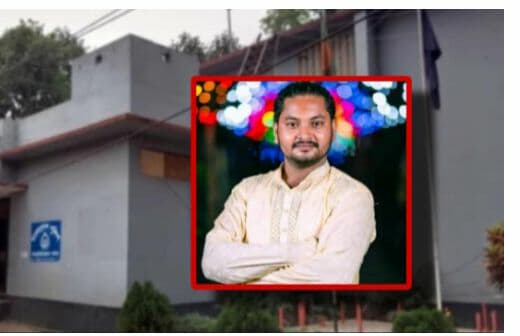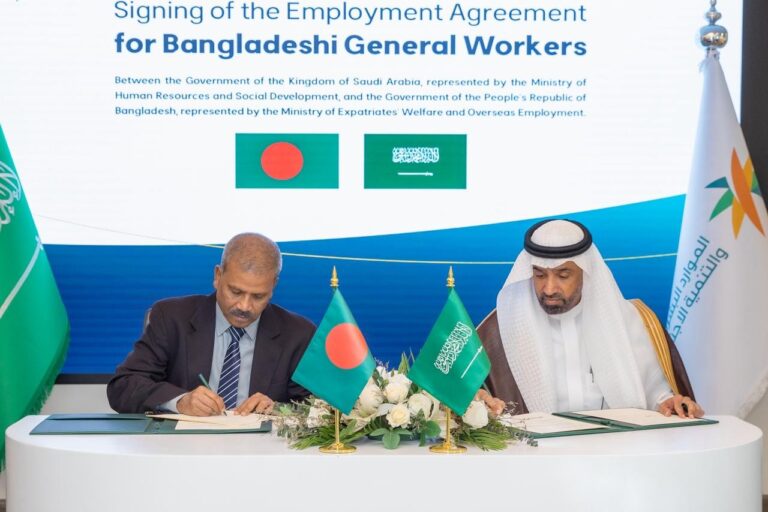
Bengal, (Bangladesh and West Bengal in India) has historically been known as a land of rice growers and rice eaters. This deep-rooted agricultural identity shaped its economy, society, and culture for over two and a half thousand years. Yet, despite this agrarian abundance, Bengal’s history is riddled with famines—each one exposing a tragic irony: people dying of hunger in a land of rice.
The Great Bengal Famine of 1943 was one of the most devastating, killing an estimated 2 million people due to starvation and disease. Streets were filled with cries of the hungry. A British investigation led by Sir John Woodhead documented that Bengal had around 29 million acres of agricultural land, with rice cultivated on about 26 million acres. The region was defined by rice—economically and culturally.
However, Bengal’s dependency on rice also made it uniquely vulnerable. The seasonal rice cycles shaped daily life, festivals, and even religious practices. Payments were made in rice; traders, landowners, and farmers all revolved around it. Thus, any disruption in rice production meant widespread instability. Historically, these disruptions resulted in famines, public unrest, and political shifts.
The famines of 1770, 1943, and 1974 stand out. In 1770, excessive rains and floods prevented rice harvesting. Exploitative British land revenue policies and grain market manipulation worsened the crisis. The famine led to massive depopulation and was a key factor behind administrative reforms, including the introduction of the Governor-General system in 1773.
In 1943, the situation was compounded by war. After Burma fell to Japan, rice imports stopped, and the Eastern front’s war economy caused further disruptions. Hoarding, corruption, and government indifference worsened matters. The rural poor bore the brunt—many dying in cities like Kolkata after migrating in search of food. Political leaders of the time, despite being Bengalis, failed to respond effectively.
The 1974 famine in independent Bangladesh was triggered by post-war economic fragility, floods, poor distribution systems, and global inflation. Cyclones and droughts further reduced rice production. The poor—especially farmers and laborers—were hit hardest. Poet Rafiq Azad’s defiant line, “Give me rice, you bastard, or I’ll devour the map,” captured the nation’s rage. The famine severely damaged the government’s image, paving the way for political upheaval in 1975.
Beyond historical famines, recent data shows how food insecurity remains a persistent issue. A 2024 report by the World Food Programme (WFP) highlights that 20% of Bangladesh’s population suffers from food insecurity—rising to 24% in Sylhet and Barisal, and 17% even in Dhaka. Floods have worsened the crisis, making it hard for nearly 30% of people to secure sufficient food. Among low-income groups, this rises to 36%. Price hikes have forced 30% of the population to consume less food than they need. A staggering 71% are adjusting by cutting costs in other areas of life.
At its core, the issue is about rice security. In a land where rice is central to both diet and culture, food insecurity is primarily a crisis of access to rice. The current political landscape, restructured after the July mass uprising in 2024, must now confront this age-old challenge.
The historical and cultural significance of rice in Bengal is immense. Archaeological finds from Mahasthangarh and Wari-Bateshwar dating back to 300 BCE show early rice cultivation. Ancient texts like the Charyapada and medieval Bengali literature are filled with references to rice. The people of the delta, shaped by the rivers Ganges and Brahmaputra, developed complex farming systems with multiple harvests a year, embedding rice into every aspect of life.
Experts like Jahangirnagar University archaeologist Mizanur Rahman trace early rice cultivators in East Bengal to Sino-Tibetan settlers who grew the japonica rice variety. Their settlements laid the foundation for Bengal’s rural civilization.
However, successive rulers—colonial or native—have consistently failed to protect this rural economy. Bengal’s political attention has long favored urban centers, neglecting the agrarian backbone. Thus, despite being a rice-rich region, Bengal’s rural poor have remained vulnerable to famine, like a fortress left defenseless against an invisible enemy.
In short, rice is more than food in Bengal—it is culture, economy, identity, and survival. Yet the paradox persists: Bengal, the land of rice, repeatedly fails to feed its people. From the 3rd-century BCE inscription at Mahasthangarh ordering emergency rice supply, to the 2024 WFP report, the pattern is unchanged.
The challenge for today’s leaders is not just policy reform, but a fundamental shift in focus—from urban-centric growth to rural food security. Solving the rice crisis is not just about avoiding the next famine; it’s about restoring justice to those who, for centuries, have grown the rice but starved for a plate of it.
Sheikh Khalilur Rahman
The writer is a journalist at NTV, Bangladesh.
Email: sohel.eng.du@gmail.com







